The emphatic capitalization of VIEW from HERE, Wanda Koop’s recent solo exhibition at the Winnipeg Art Gallery, implies an urgent specificity that is never named. When reading the title there is a sense of someone gesturing, or literally pressing her finger into a map to repeatedly assert, it is here, and nowhere else, where we will have the best sightline. Of course, this emphasis only affirms its ambiguity. Every view is a view from here, and so each sight is constructed by its own set of contingencies. The factors influencing sight and how they shape perspective lie at the crux of Koop’s prolific production and are uniquely synthesized at the WAG, where the artist has layered multiple views – views of landscapes, views onto her career, and allusions to the act of viewing itself.
The show consists of eight monumental black-and-white paintings hung well above eye level in the WAG’s imposing Tyndall stone lobby. When I stand below them, at my height of 5’6”, the bottoms of the canvases just touch the top of my hairline. Painted on their off-white grounds are images of floating bald heads, evoking aliens, androids, and death masks, whose faces are constructed from, or perhaps views onto, the landscapes for which Koop has become known. The title of each painting and its visual motifs allude to specific works from the artist’s career, as if snapshots from the past fifteen years. Satellite City, for example, references an early 2000s project of the same name depicting precarious extensions of urban sprawl on peninsulas or islands. Flood Plain is similar to a piece from the painting installation Green Zone (2003-2009) in which imagery was sourced from television coverage of the Iraq war. Unlike the originals, however, the new works are de-saturated and encased by the skulls of a congregation that stares forward indifferently, perhaps even blindly, like the frontline of an invading army.
A 2009 project, also titled VIEW from HERE, acts as a precursor to the current work. Koop completed a series of small ink drawings of heads, many of which function as windows onto landscapes. The black-and-white views meld together to form the vague outlines of a visage – a double-inverted sunset evokes two black eyes, a floating ship becomes a watery mouth. The canvases mark a dramatic shift in scale but the effortless quality of the sketch remains, as if a giant painted each domed skull with quick, self-assured strokes. The images are almost cliché in their evocation of ubiquitous alien imagery; in conversation Koop jokingly refers to the set as “Big Brother.” The allusion to surveillance is no coincidence. After completing an extensive survey of her work at the National Gallery in 2011, the artist seems to be looking back and taking stock of her career. The lack of color heightens the suggestion of memory, absence, and perhaps even an end.
It’s difficult not to associate this series with colonialism, especially given the representation of Indigenous land and its subsequent change in the various views depicted. In Sleeping Giant, a visage is formed from three mountains floating in a lake, all of which take on the shape of a reclining figure. This geological formation exists in Thunder Bay and represents, in Ojibway culture, the figure of Nanabijou, who lay down to sleep over a silver mine to protect it from resource-hungry European settlers. Native Fires is painted from Koop’s memory of small bonfires lit by the Red River in Winnipeg. During the summer the river became a place of leisure and communal gathering for indigenous people, among others. Koop notes that the fires were always put out by the police, who held competing views of how the land should be used, and had the power to implement them.
Koop herself is a first-generation Canadian whose family escaped Ukraine during the Russian Revolution. In 1997 she returned with her mother to experience the home of her grandparents and the cemeteries where her family lay buried. Now with Russia’s annexation of Crimea and its continued promotion of conflict in eastern Ukraine, the subject of invasion takes on topical significance. As someone who escaped invasion only to come to a country formed by it, the view between colonizer and colonized becomes ironically blurred. A good portion of the prairies was settled by Ukrainian refugees escaping a future of forced famine and murder under the Soviet regime, while at the same time benefitting from the displacement of others to do so. Such mass migration positions histories in competition with one another even while they co-exist in individual experience. The resulting entanglement yields a complex reality that cannot be grasped through notions of perspective alone.
The view from here changes from generation to generation, as does the perspective on an artist’s work. Each view, or perhaps more aptly, review, positions history in a new context. What becomes increasingly apparent is the weight of communal imagining that plays a role in the act of seeing, and thus in critical thinking. In her lifelong development of a visual vocabulary to which she consistently returns, Koop acknowledges the productive, rather than simply consumptive, act of looking. Her prolific attempts at creating views onto the world we live in are thus futile and profoundly necessary. When she describes how the materiality of a painting disappears the more we look, she is speaking directly to the remarkable contingency of sight, which has nevertheless come to stand in for empirical proof in our culture – “I’ll believe it when I see it.” But seeing requires constant vigilance and re-evaluation, to which the act of painting speaks.

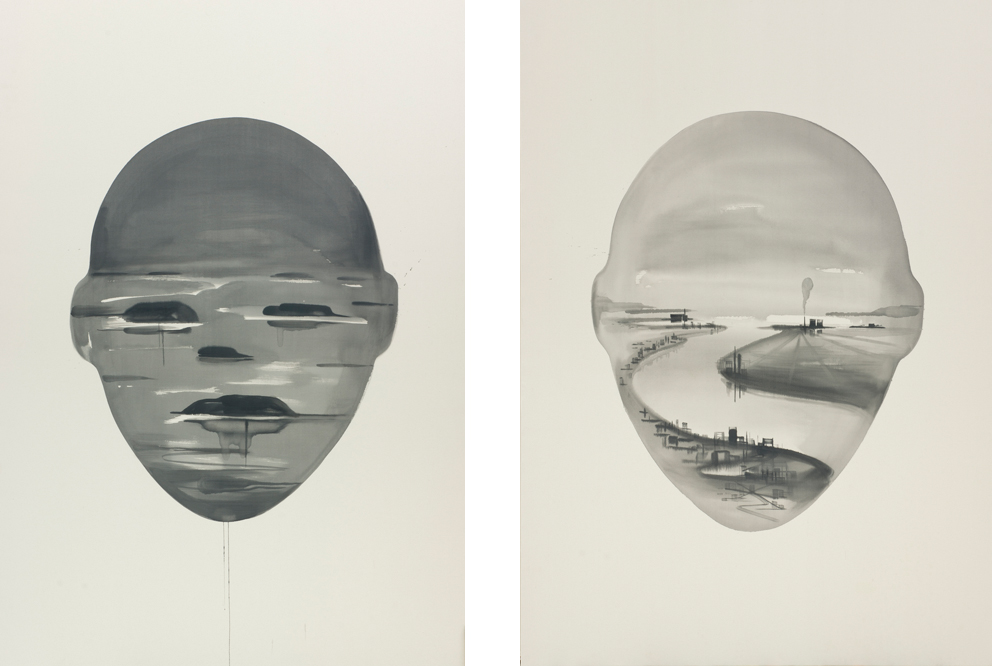
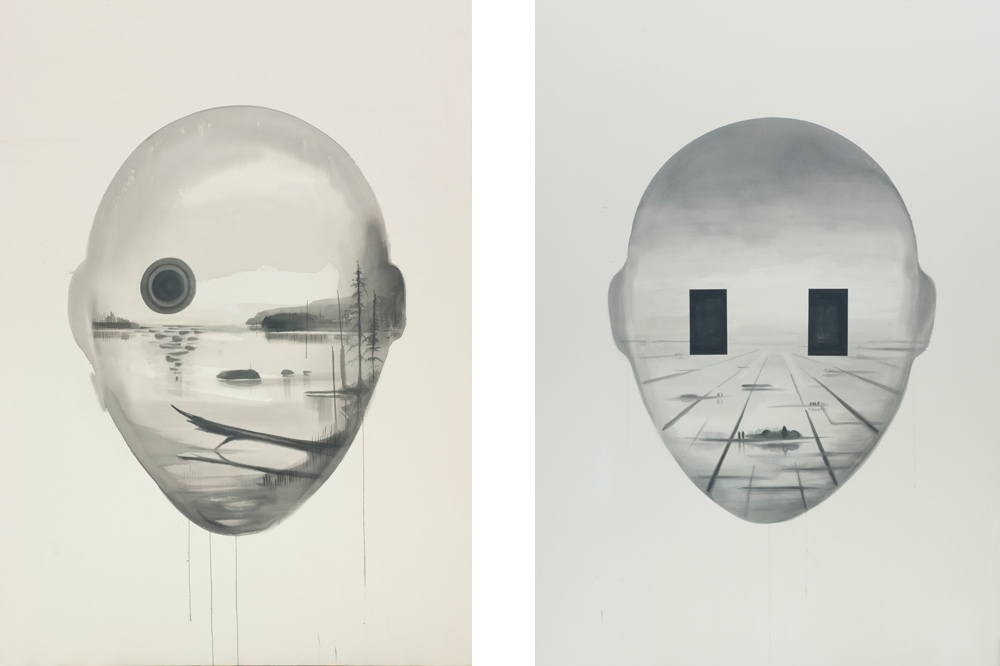








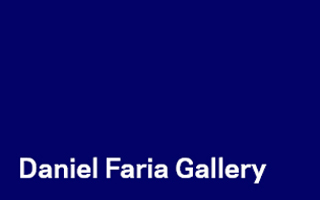
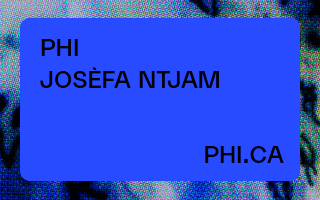
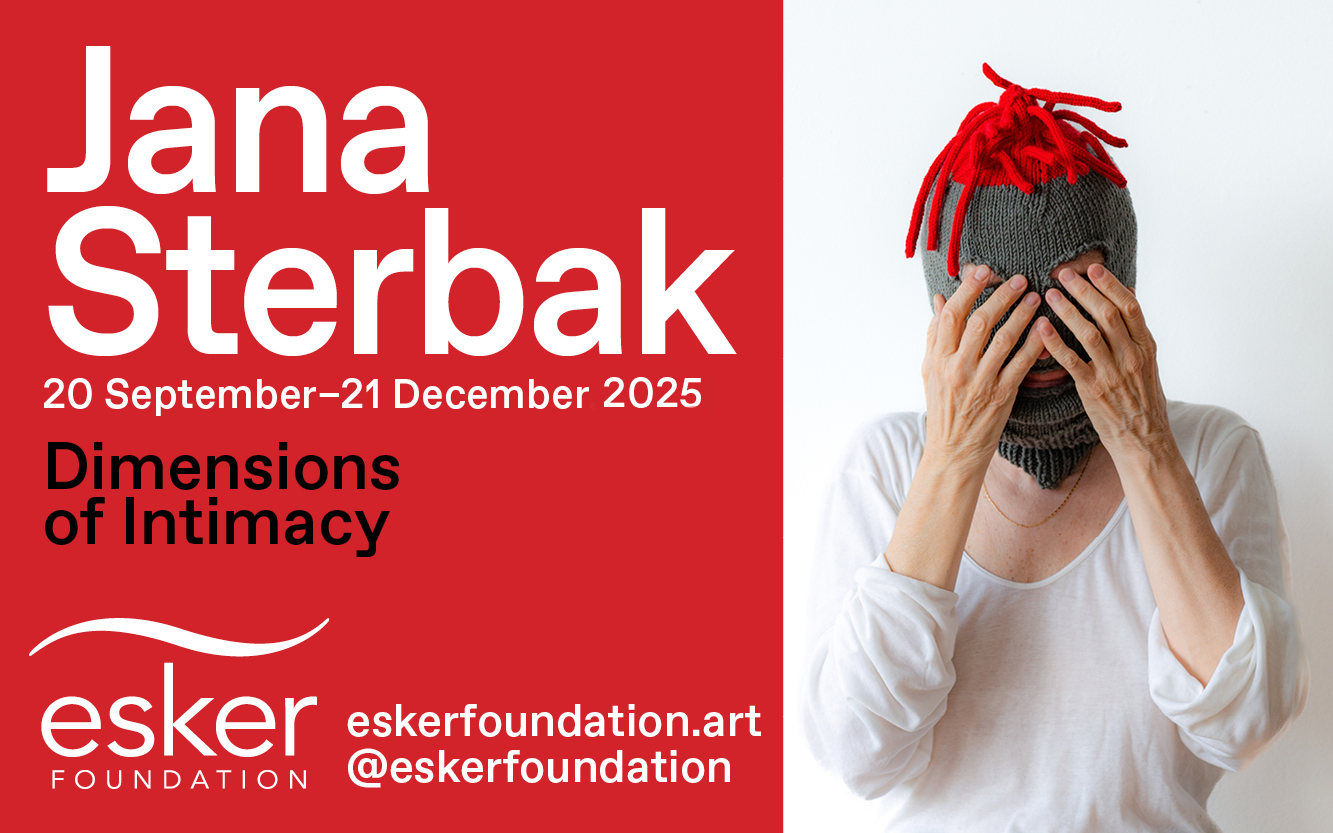

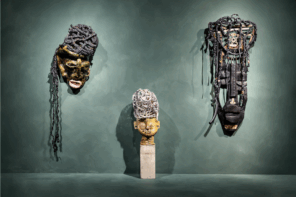

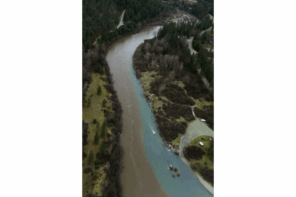

Great article about Koop’s compelling work.